The stock market, traditionally a leading indicator, entered correction territory last week. But does that indicate that a recession is coming? Well, it’s an old saying on Wall Street that the market has predicted ten of the last three recessions.
Markets hate uncertainty, and no one knows how President Trump’s efforts to use American tariffs to force our trading partners to lower theirs will turn out. But foreign trade is increasingly important to all countries, so it’s likely that, after some political Sturm und Drang, deals will be struck and international trade will continue the strongly upward path it has been on since the end of World War Two.
By definition, a recession is two consecutive quarters of contraction. So far we have not had even one and it is unlikely that the first quarter of 2025, which ends in two weeks, will show a drop into negative GDP.
And other indicators have been increasingly positive. The number of Americans who think the country is on the right track has been increasing steadily over the last six months. In September, 2024, only 28 percent of Americans thought the country was on the right track, as opposed to 65 percent who thought it was on the wrong track. Today the ratio is 44 percent right track, 54 percent wrong track. That’s the highest it’s been in twenty years. It’s unlikely that the right-track figure would be so high were we on the brink of a recession.
And President Trump’s personal approval rating, at 47 percent, has never been higher, if still not a majority. More, opinions about Trump sharply divide the country. A remarkable 90 percent of Republicans approve of Trump while only 4 percent of Democrats do.
Since the microprocessor first entered the marketplace, in 1972, the world has been undergoing an ever-accelerating economic revolution thanks to digital technology and the end is nowhere in sight.
And this endless stream of new technology has been a powerful engine of economic growth over the last half century. Just think of all the stuff we now need – personal computers, cell phones, internet connections, et cetera – that were undreamed of in 1972. And, of course, the internet makes shopping so much easier and therefore more tempting. Just ask Jeff Bezos.
This has caused a sudden inflorescence of wealth such as the world has never seen. In 1982 it took $82 million to make the Forbes 400 List. That’s about $250 million in today’s money. But today, it takes ten times as much, $2.5 billion, to make the list. This new vast wealth is itself a hedge against a deep or prolonged recession.
The Industrial Revolution, which began about 1750, took much longer to transform the world economy (it didn’t even get its name until 1843). And it was marked by recurring deep depressions.
But the Digital Revolution has seen only relatively minor recessions. The worst was the one that lasted from 1980 to 1982, when unemployment reached 10.8 percent. And its cause was not because of the underlying economy, but because the Federal Reserve had been accommodating large federal deficits by keeping interest rates low, producing the worst peacetime inflation in the country’s history. Only when Paul Volcker took over as chairman of the Fed and sent interest-rates soaring did the inflation end, at the cost of a deep recession.
One reason for the lack of economic depression in modern times has been the great expansion of government. In 1929, the federal government’s annual budget was only about 3 percent of GDP. In 2024 it was 23.4 percent of GDP. This acts as a giant flywheel in the economy, keeping the economic engine running fairly smoothly. And much of the money that government spends today, such as unemployment benefits, protects people from economic ruin.
This, in turn, makes them less cautious about their own economic future and thus more likely to maintain spending levels, preventing a recession.
The Digital Revolution will undoubtedly continue to roar along. AI is but the latest iteration and its full potential is still unknown. That makes a serious recession in the foreseeable future unlikely. (To be sure, we can’t see very far ahead in such revolutionary times).
Short of a major war, the only thing that could bring the mostly good economic times we have enjoyed over the last 50 years to an end, would be a sudden perception by the marketplace that the US national debt is becoming unsustainable. No one knows when that will happen. But if the deficits are not brought under control, it will inevitably happen. When and if it does, then all bets are off.



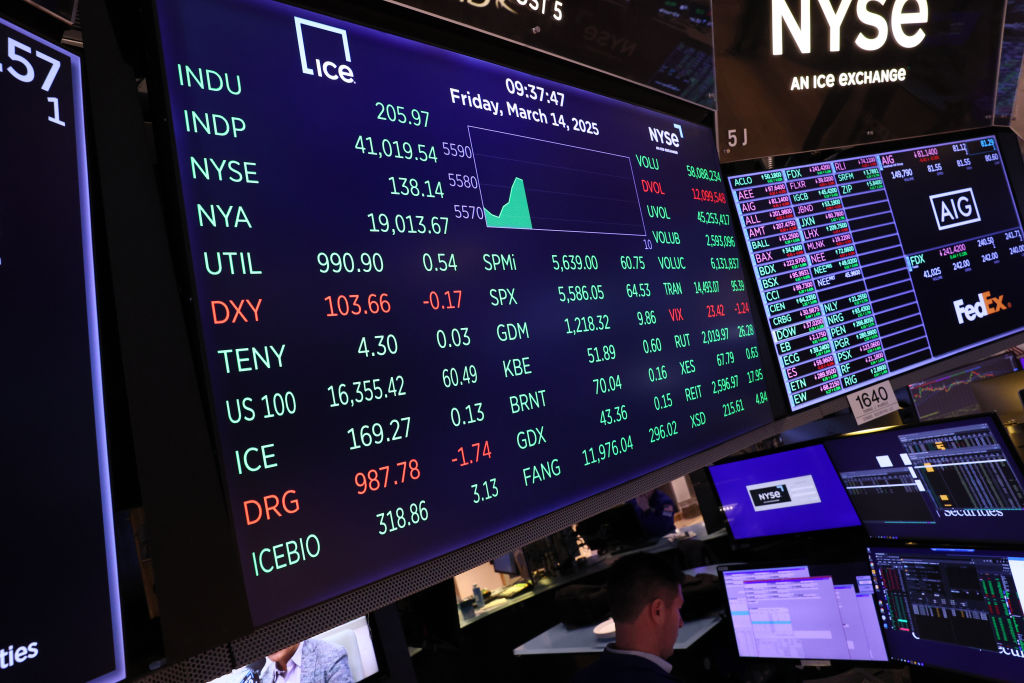










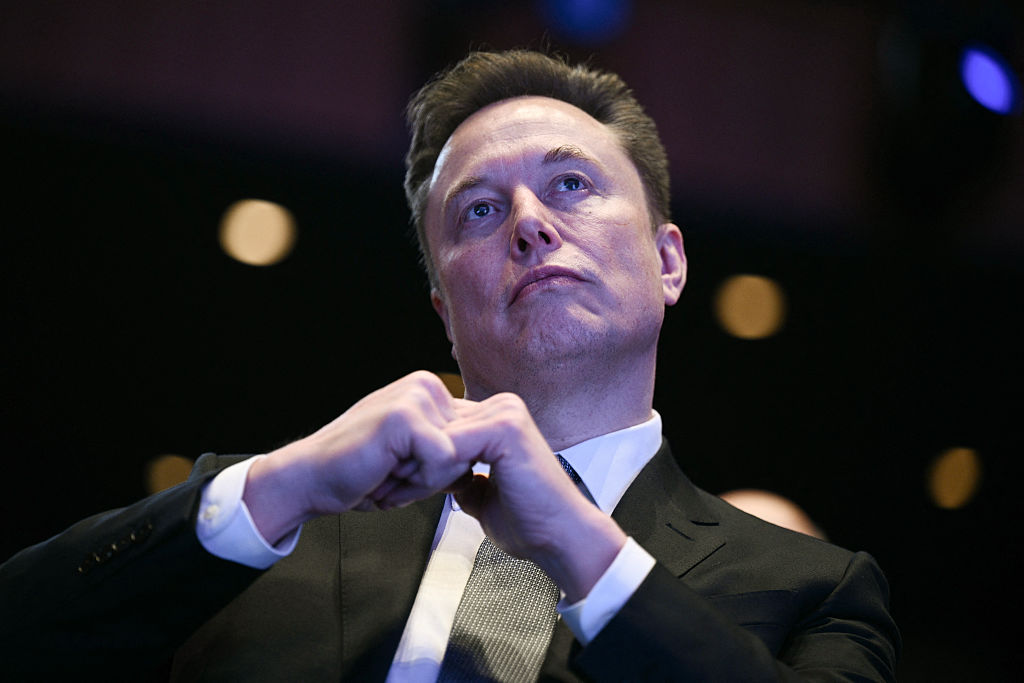

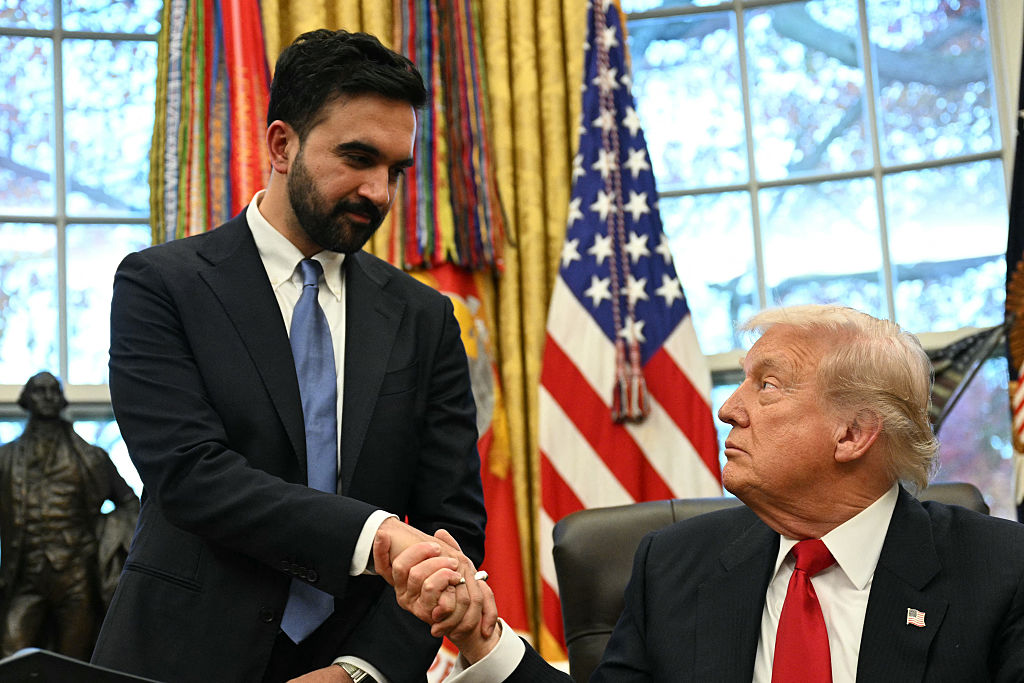



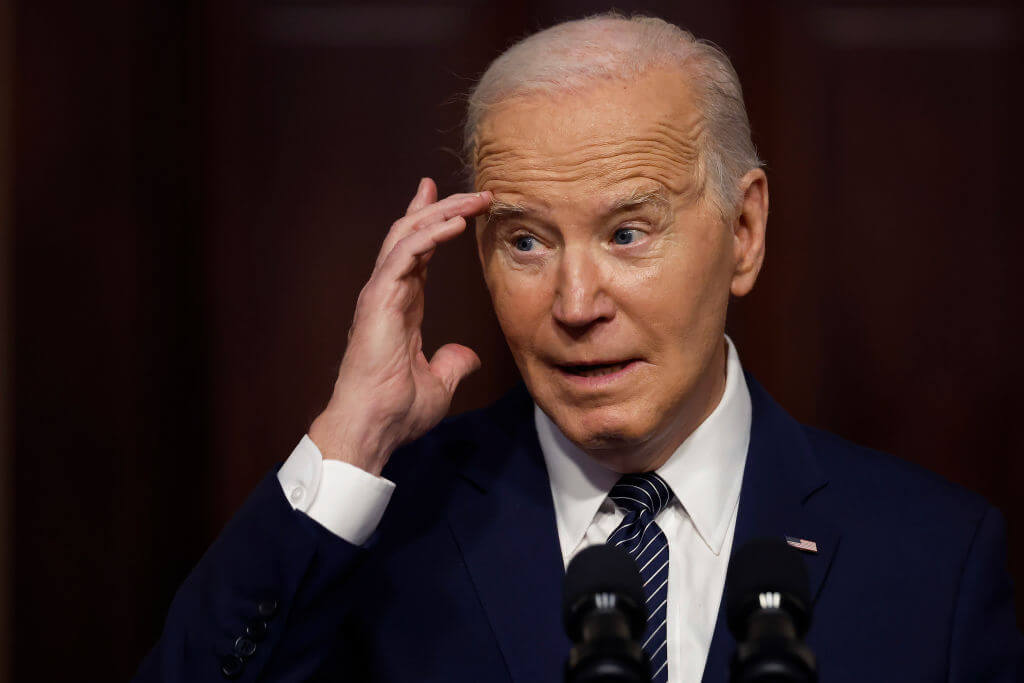



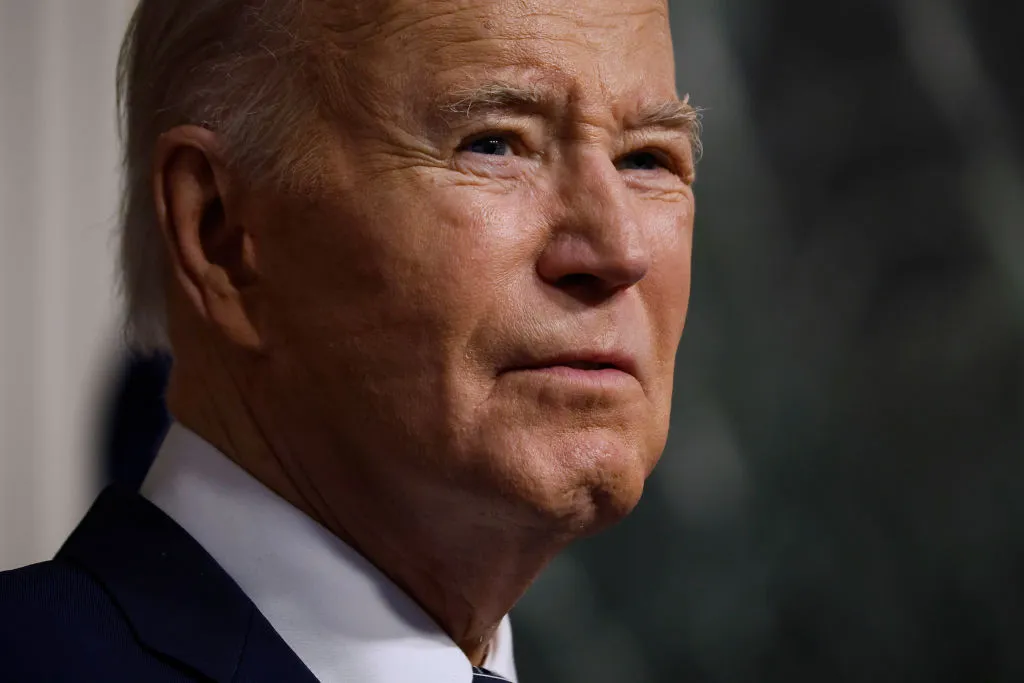

Leave a Reply